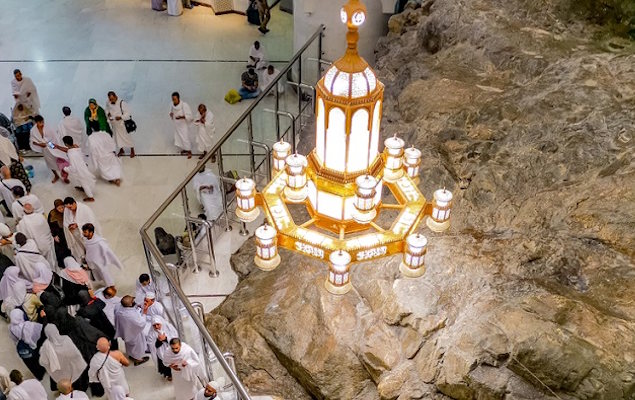Safa and Marwa are two small hills near the Kaaba in the Grand Mosque in Makkah. These hills are part of a sacred ritual called Sa’i, done during Hajj and Umrah. They remind Muslims of Hajar’s faith, patience, and deep trust in Allah.
Every year, millions of Muslims walk between these hills just as Hajar once did. It is not just a physical act; it is a powerful moment of spiritual reflection. It teaches lessons of hope, struggle, and faith.
In this guide, I’ll explain the meaning, history, and steps of walking between Safa and Marwa. It will help you understand why this ritual matters and how to perform it with the right heart and intention.
Where are Safa and Marwa located?
Safa and Marwa are two small hills inside the Grand Mosque (Masjid al-Haram) in Makkah, near the Kaaba.
The two hills are about 450 meters apart. When pilgrims walk back and forth between them seven times, they cover a distance of around 3.15 kilometers, or about 1.96 miles.
In the early days of Islam, Safa and Marwa were open areas outside the mosque. Today, they are fully enclosed inside a long, bright walkway that connects the two points. This space is known as the Mas’a, and it is part of the Grand Mosque’s structure. The area is clean, air-conditioned, and made to help pilgrims walk comfortably.
History of Safa and Marwa
The story of Safa and Marwa goes back thousands of years. It begins with Prophet Ibrahim (AS), his wife Hajar (RA), and their baby son Ismail (AS).
By Allah’s command, Ibrahim left his wife and child in the dry valley of Makkah. There were no trees, no people, and no water. Hajar had deep trust in Allah, even though the land was silent and empty.
As time passed, Hajar ran out of food and water. Baby Ismail began to cry from thirst. Hajar’s heart ached. She could not sit still. So she got up and started searching.
She climbed the hill of Safa, hoping to see someone. She saw nothing. Then she ran to the hill of Marwa. She went back and forth seven times between the hills. She never gave up. She kept moving, trusting that Allah would send help.
On her last round, Angel Jibril appeared near where baby Ismail lay. He struck the ground. Water gushed out from the earth. It became the Zamzam Well. Hajar was overjoyed. She gathered the water and gave it to her son.
This moment of faith and struggle became part of the Hajj and Umrah rituals. Every Muslim who walks between Safa and Marwa follows in Hajar’s footsteps.
Allah honored this act in the Qur’an:
إِنَّ الصَّفَا وَالْمَرْوَةَ مِن شَعَائِرِ اللَّهِ ۖ فَمَنْ حَجَّ الْبَيْتَ أَوِ اعْتَمَرَ فَلَا جُنَاحَ عَلَيْهِ أَن يَطَّوَّفَ بِهِمَا ۚ وَمَن تَطَوَّعَ خَيْرًا فَإِنَّ اللَّهَ شَاكِرٌ عَلِيمٌ
“Indeed, Safa and Marwa are among the signs of Allah. So whoever makes Hajj to the House or performs Umrah, there is no blame upon him for walking between them. And whoever volunteers good – indeed, Allah is Appreciative and Knowing.” (Surah Al-Baqarah 2:158)
This verse shows these two hills are not just stones. They are signs of faith, hope, and trust in Allah’s plan.
Why are Safa and Marwa important in Islam?
Safa and Marwa are not just two hills. They are a sign of deep faith and strong trust in Allah. Walking between them is a big part of both Hajj and Umrah. Every Muslim who performs these acts follows the same path as Hajar (RA) did long ago.
This walk is called Sa’i. It tells the story of a brave mother who did not stop, even when she had nothing. Hajar ran between the two hills to find water for her baby, Prophet Ismail (AS). She was tired, but she kept going. She believed that Allah would help her. And he did.
When pilgrims walk between Safa and Marwa, they remember Hajar’s courage and love. It is more than a ritual. It is a lesson in hope, patience, and faith. It shows that even in the hardest times, we must keep trying and trust Allah’s plan.

